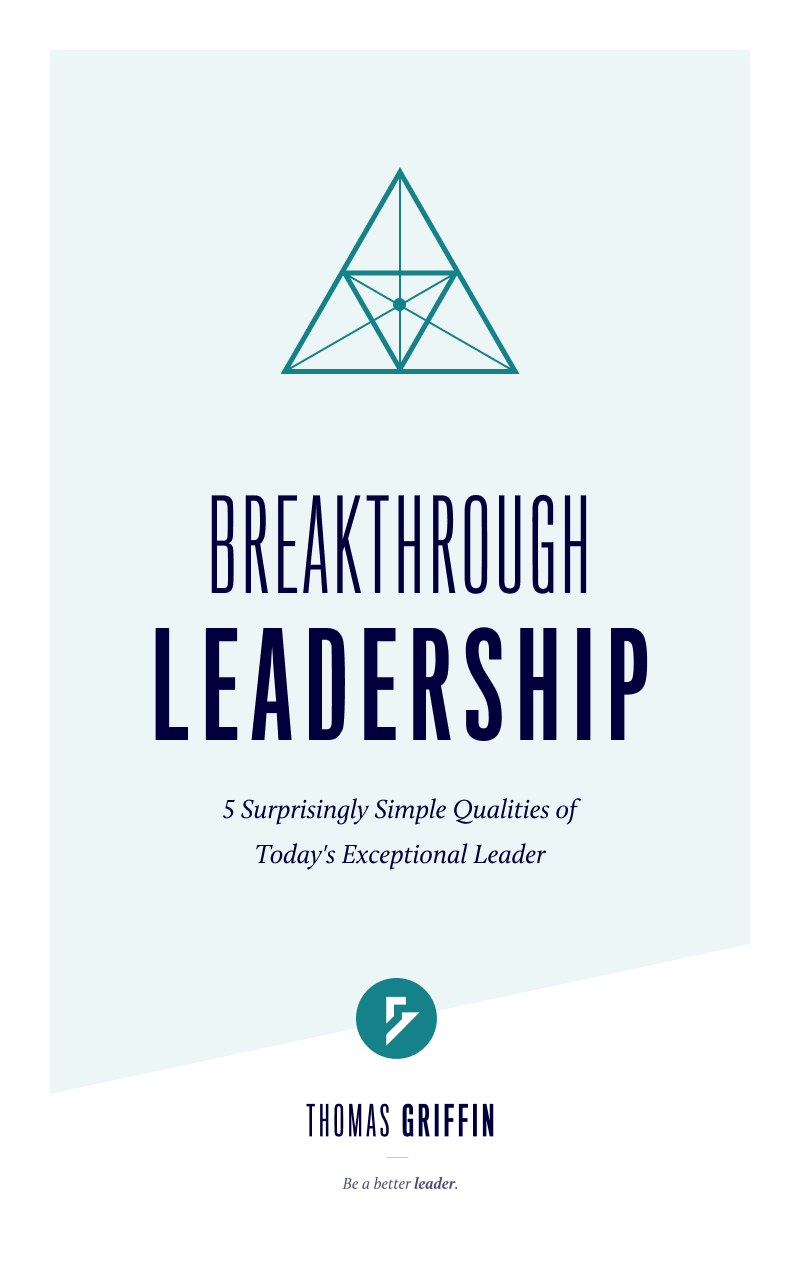
Good to Great is one of my favorite leadership and business books of all time.
It’s clear from the start that Collins and his team know their stuff. The in-depth research and associated discoveries make it clear: some organizations are good, and others are great.
The good news is you can make the transition from good to great, and this book lays out the key ingredients to making that happen.
There are a few core tenets from the book, but one quote that stands out:
Good is the enemy of great.
Powerful and true. You cannot be great unless you toss aside “good enough”.
Here is my brief book summary and key takeaways from Good to Great by Jim Collins:
- Great organizations have “Level 5 Leaders”. They are humble yet resolved people with smaller than life personalities. Their ultimate desire is the betterment of the organization, not themselves, and nothing will stop them in that pursuit. It’s the exact opposite of what I would’ve expected.
- “Who” is more important than “what”, but people aren’t your biggest asset. It’s the right people in the right seat. That’s an important distinction, and it’s clearly evidenced in the great organizations that were reviewed.
- Once the right person is in the right seat, disciplined thought and action can shine.
- Great organizations face the brutal facts. There’s no sugar coating reality. Brutal facts enable you to see reality clearly and make wise decisions. It’s not for the faint of heart.
- You must pick one thing at which you can be better in the world than anyone else and do it. It’s called the Hedgehog Concept, and it’s founded on the principles of simplicity and discipline. A key distinction: it’s not being the best or having the best strategy; it’s understanding what you can be best at.
- Discipline over motivation. Disciplined people in disciplined systems win. Focus on the right things, and then be hyper-disciplined in your resolve to achieve them.
- Technology accelerates growth but does not cause it. Don’t get this confused and fall into the shiny object syndrome. Technology coupled with disciplined processes is a force to be reckoned with. Technology without disciplined processes is a sugar high waiting to crash.
- Good organizations tend to get caught on doom loops. Great organizations tend to get caught in flywheels. Momentum has a snowball effect. Consistently doing the right things over time creates a reinforcing effect that is noticeable and hard to stop.
The writing is clear, detailed and actionable. Great food for thought and immediately applicable to anyone in any sort of leadership role.
If you’ve not read it yet, I highly encourage you to do so. It’s well worth your money and time.
You can find links for the print and audio books below.
Buy the Book Buy the Audiobook
